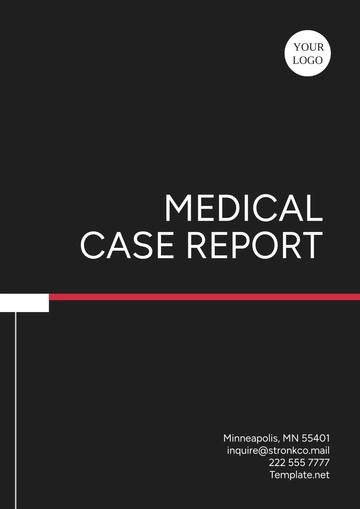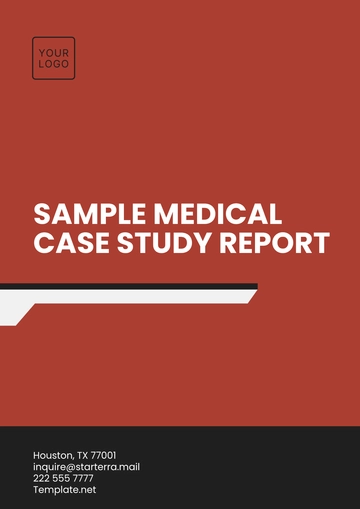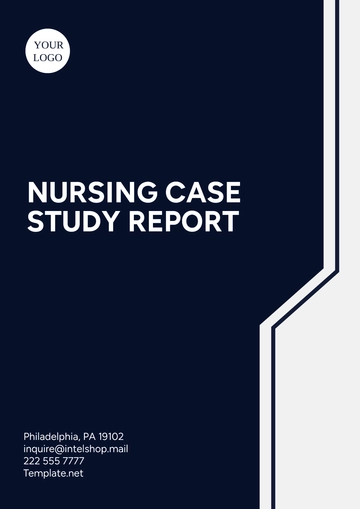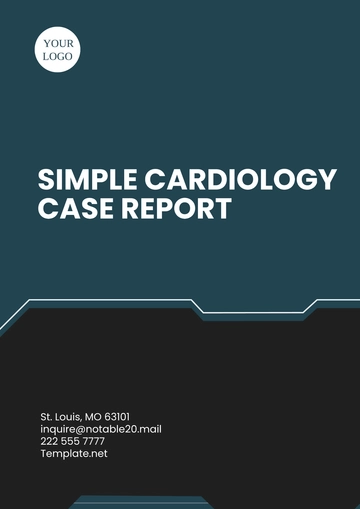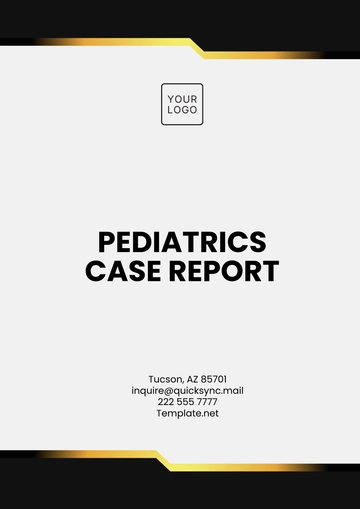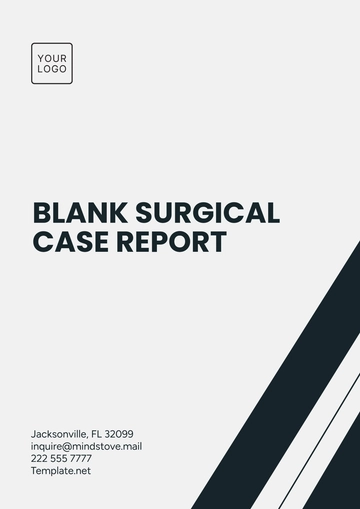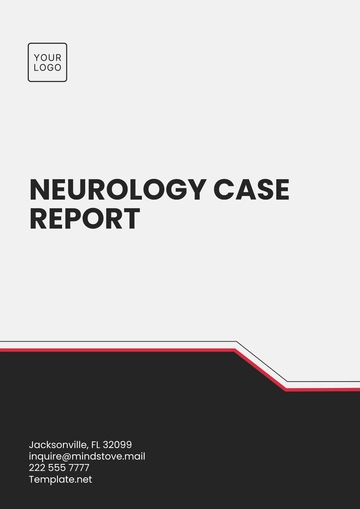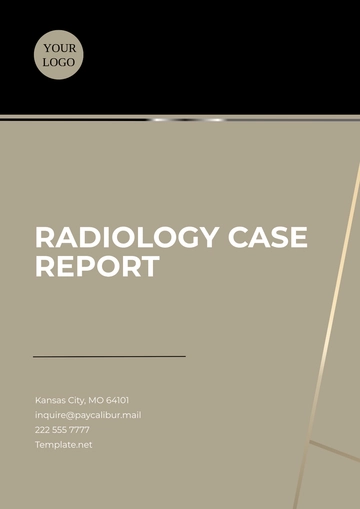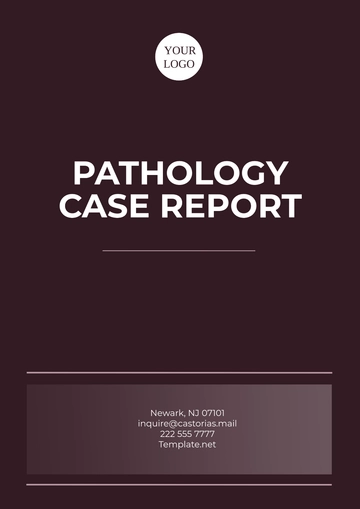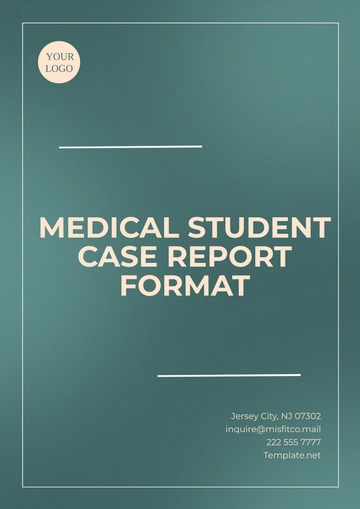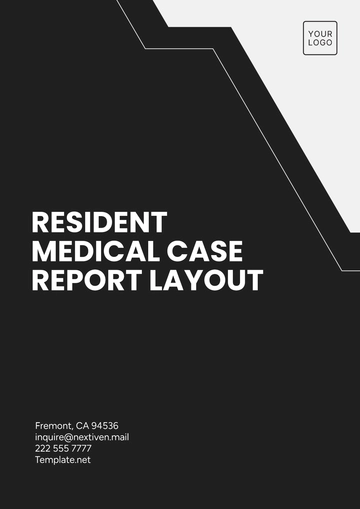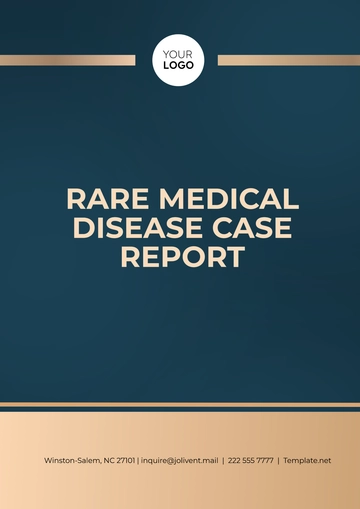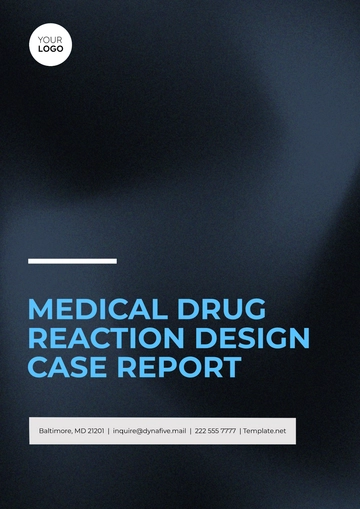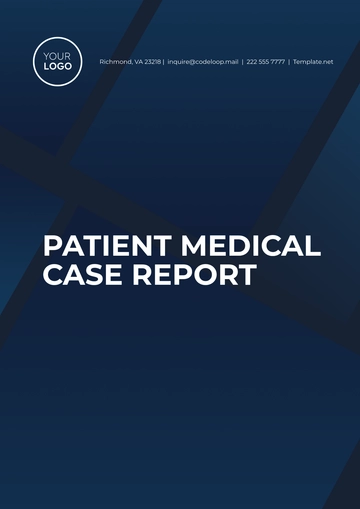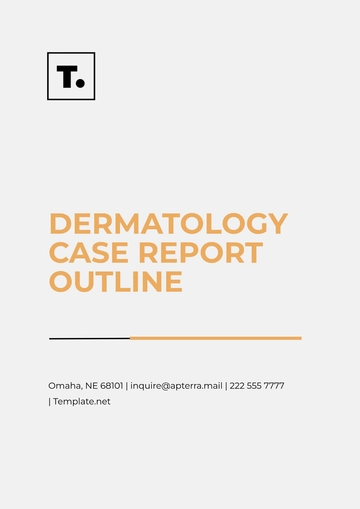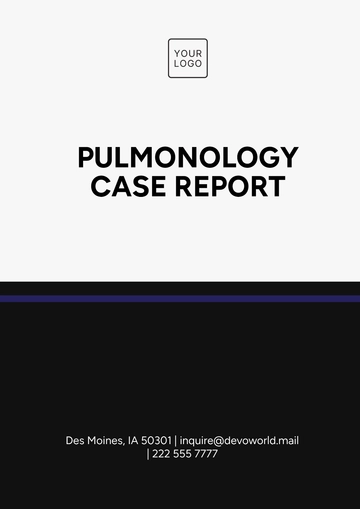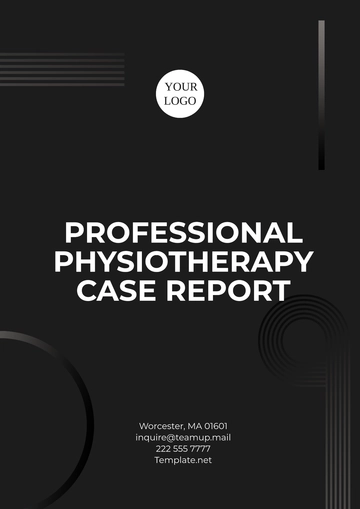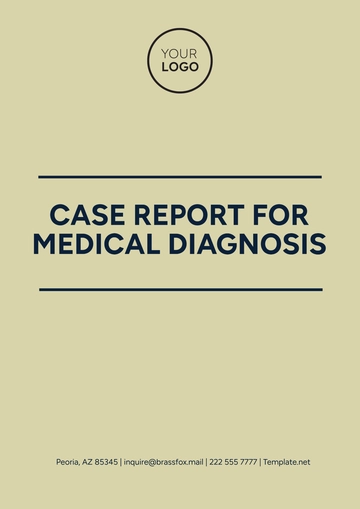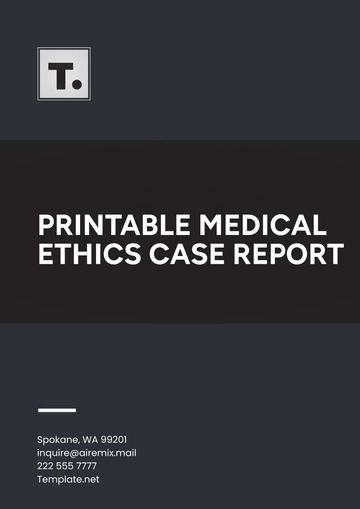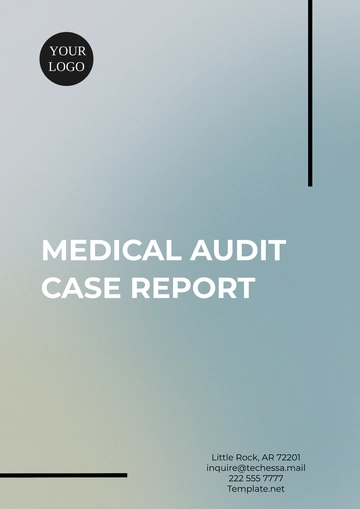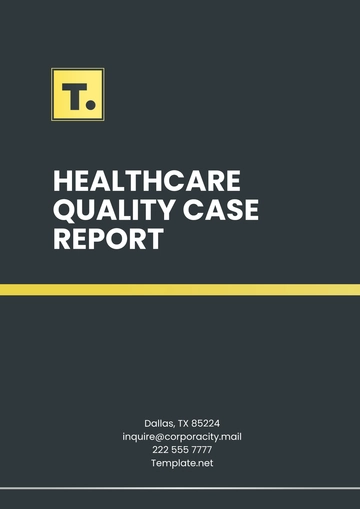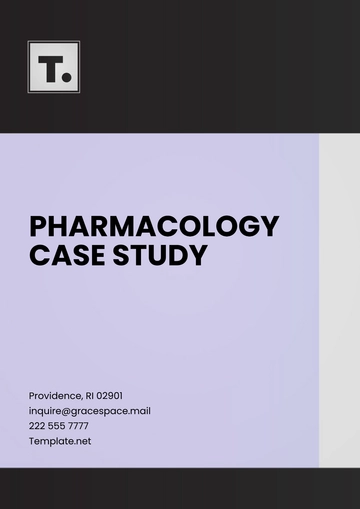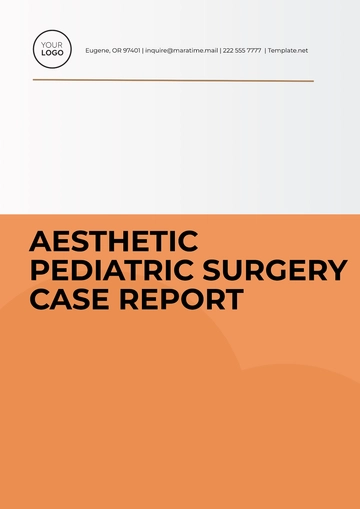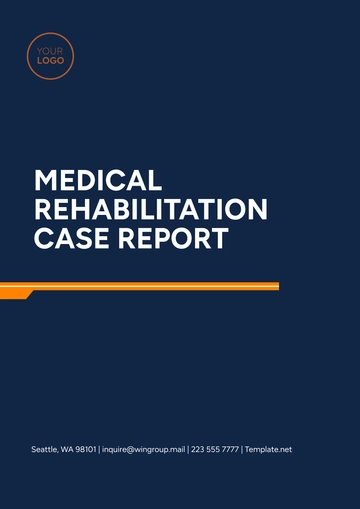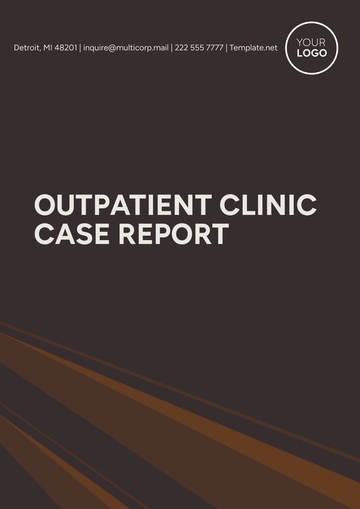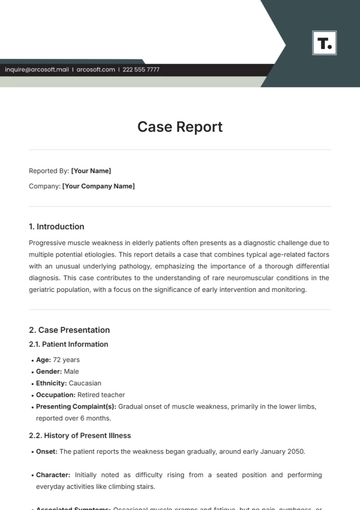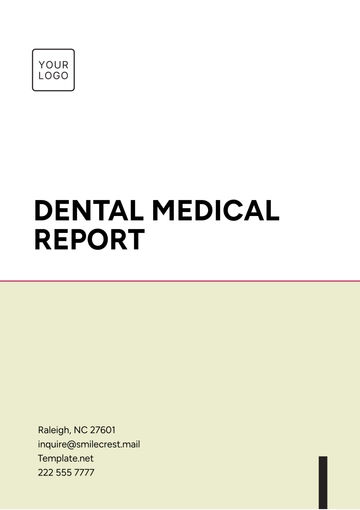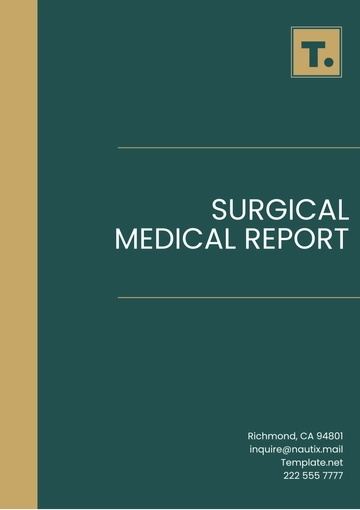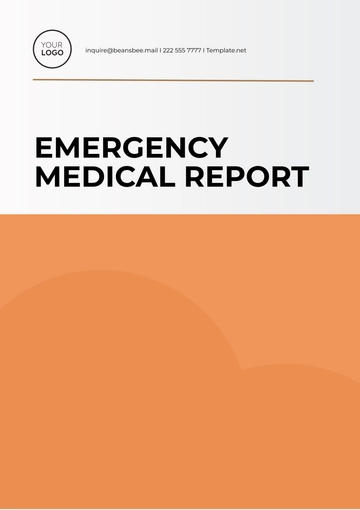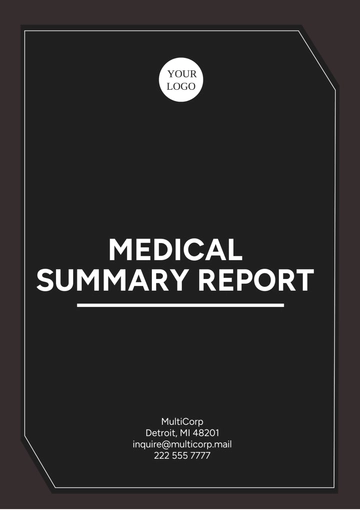Free Simple Cardiology Case Report
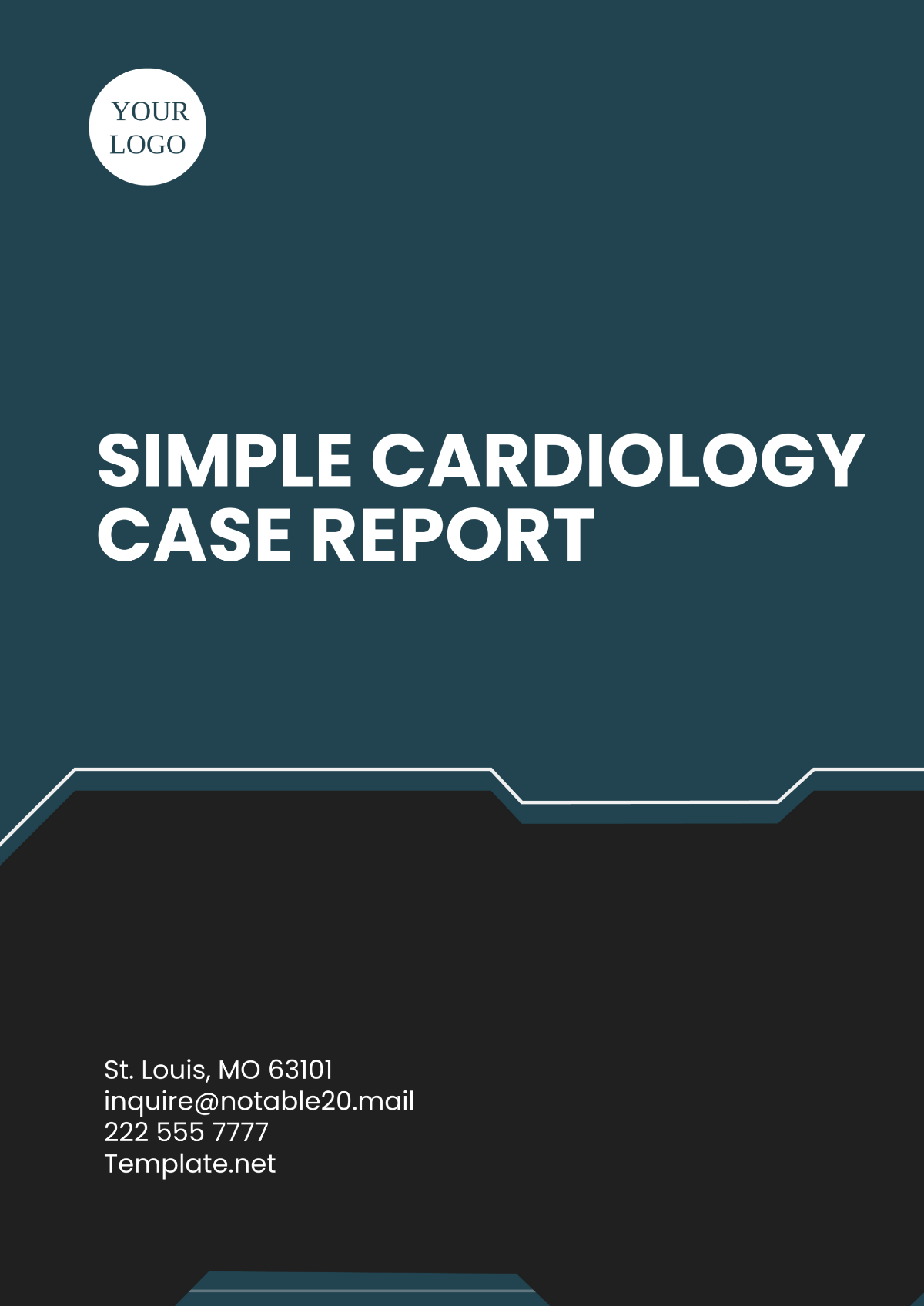
1. Introduction
This case report aims to detail the clinical presentation, diagnosis, treatment, and outcomes of a cardiology patient. It is intended for educational purposes to enhance the understanding of similar cases in a clinical setting. The report will discuss a patient suffering from a cardiac condition while highlighting the clinical decisions made throughout the treatment process.
2. Patient Information
A 68-year-old male with a history of hypertension and type 2 diabetes mellitus presented to the emergency department with symptoms of chest pain and shortness of breath.
Demographics
Attribute | Details |
|---|---|
Age | 68 years |
Gender | Male |
Medical History | Hypertension, Type 2 Diabetes Mellitus |
3. Clinical Presentation
The patient reported a sudden onset of chest pain radiating to the left arm, accompanied by dyspnea and sweating. The chest pain duration was approximately 30 minutes before the presentation.
Symptoms
Chest pain
Shortness of breath
Diaphoresis
Radiating pain in the left arm
4. Diagnosis
Upon admission, the following diagnostic workup was conducted to assess the patient's condition:
Diagnostic Tests
Test | Findings |
|---|---|
Electrocardiogram (ECG) | ST-segment elevation in the anterior leads |
Echocardiogram | Reduced ejection fraction (45%) |
Blood Tests | Elevated troponin levels |
5. Treatment
The patient was diagnosed with an acute myocardial infarction. Immediate medical intervention was initiated as per the standard guidelines for the management of myocardial infarction.
A. Medical Management
Aspirin 325 mg chewable
Clopidogrel 300 mg loading dose
Intravenous heparin infusion
Statins initiated post-stabilization
B.Procedures
An emergency coronary angiography was conducted, revealing a 90% occlusion of the left anterior descending artery. The patient underwent a successful percutaneous coronary intervention (PCI) with the placement of a drug-eluting stent.
6. Outcomes
The patient's chest pain resolved post-PCI, and he was monitored in the coronary care unit for 48 hours. Subsequent ECGs showed resolution of ST-segment elevation. The patient was discharged on the fifth day with a comprehensive cardiac rehabilitation plan.
Discharge Medications
Aspirin 81 mg/day
Clopidogrel 75 mg/day
Beta-blocker
ACE inhibitor
Statin therapy
7. Follow-Up
At a 3-month follow-up, the patient reported adherence to medication and lifestyle changes. Cardiac output had improved, and there were no further episodes of chest pain. The patient continues under regular cardiology follow-up with positive lifestyle modifications.
8. Conclusion
This case underscores the importance of rapid diagnosis and treatment in acute myocardial infarction, highlighting the role of multidisciplinary care and patient education in preventing recurrent cardiac events. Timely intervention and adherence to treatment protocols significantly improved outcomes for the patient.
- 100% Customizable, free editor
- Access 1 Million+ Templates, photo’s & graphics
- Download or share as a template
- Click and replace photos, graphics, text, backgrounds
- Resize, crop, AI write & more
- Access advanced editor
Document cardiology cases with precision using Template.net’s Simple Cardiology Case Report Template. Fully editable and customizable, this template is ideal for recording patient history, symptoms, and treatments. Editable in our AI Editor Tool, this professional template ensures cardiology reports are organized and easy to follow.
You may also like
- Sales Report
- Daily Report
- Project Report
- Business Report
- Weekly Report
- Incident Report
- Annual Report
- Report Layout
- Report Design
- Progress Report
- Marketing Report
- Company Report
- Monthly Report
- Audit Report
- Status Report
- School Report
- Reports Hr
- Management Report
- Project Status Report
- Handover Report
- Health And Safety Report
- Restaurant Report
- Construction Report
- Research Report
- Evaluation Report
- Investigation Report
- Employee Report
- Advertising Report
- Weekly Status Report
- Project Management Report
- Finance Report
- Service Report
- Technical Report
- Meeting Report
- Quarterly Report
- Inspection Report
- Medical Report
- Test Report
- Summary Report
- Inventory Report
- Valuation Report
- Operations Report
- Payroll Report
- Training Report
- Job Report
- Case Report
- Performance Report
- Board Report
- Internal Audit Report
- Student Report
- Monthly Management Report
- Small Business Report
- Accident Report
- Call Center Report
- Activity Report
- IT and Software Report
- Internship Report
- Visit Report
- Product Report
- Book Report
- Property Report
- Recruitment Report
- University Report
- Event Report
- SEO Report
- Conference Report
- Narrative Report
- Nursing Home Report
- Preschool Report
- Call Report
- Customer Report
- Employee Incident Report
- Accomplishment Report
- Social Media Report
- Work From Home Report
- Security Report
- Damage Report
- Quality Report
- Internal Report
- Nurse Report
- Real Estate Report
- Hotel Report
- Equipment Report
- Credit Report
- Field Report
- Non Profit Report
- Maintenance Report
- News Report
- Survey Report
- Executive Report
- Law Firm Report
- Advertising Agency Report
- Interior Design Report
- Travel Agency Report
- Stock Report
- Salon Report
- Bug Report
- Workplace Report
- Action Report
- Investor Report
- Cleaning Services Report
- Consulting Report
- Freelancer Report
- Site Visit Report
- Trip Report
- Classroom Observation Report
- Vehicle Report
- Final Report
- Software Report
